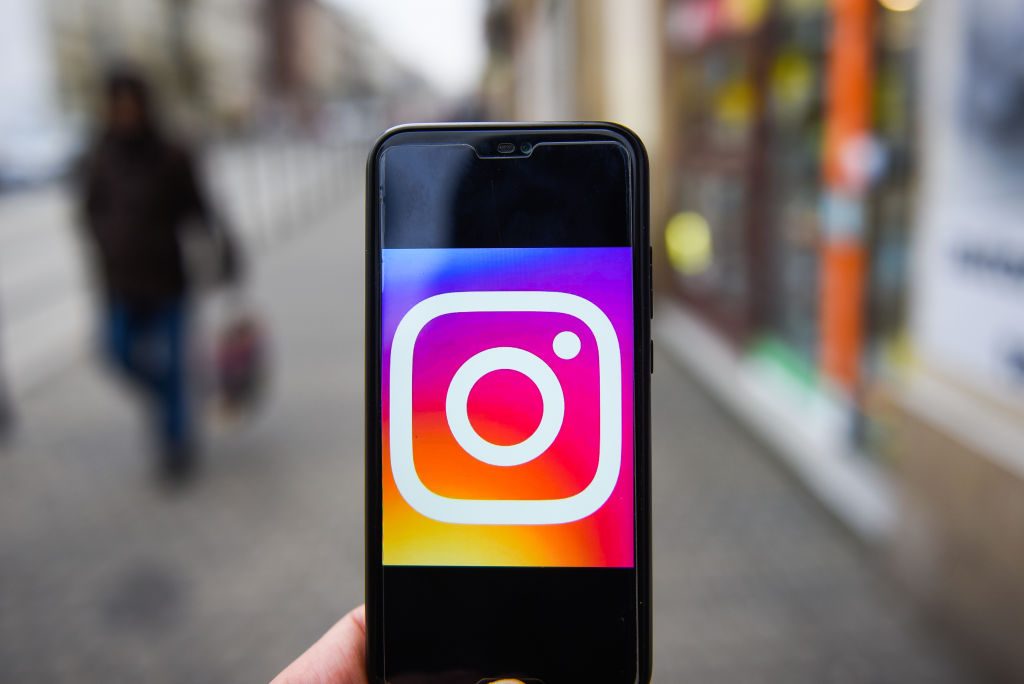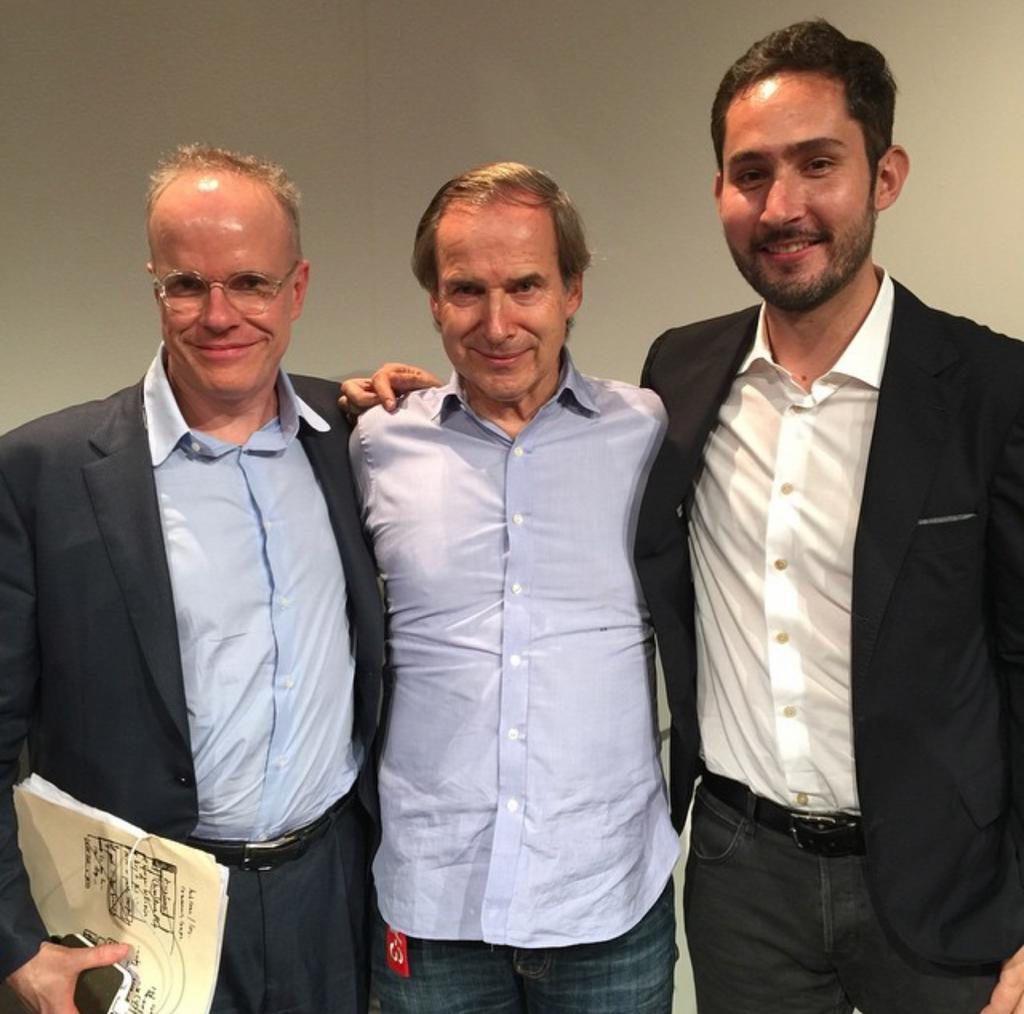Art World
Art-World Insider Simon de Pury on Why Instagram Will Endure as the Art Industry’s Favorite Platform
Instagram has become an essential portal into contemporary culture.

Instagram has become an essential portal into contemporary culture.

Simon de Pury

Every month in The Hammer, art-industry veteran Simon de Pury lifts the curtain on his life as the ultimate art-world insider, his brushes with celebrity, and his invaluable insight into the inner workings of the art market.
In early November 2012, the uber-curator Hans Ulrich Obrist told me: “It’s urgent you get onto Instagram!”
Two or three days later the uber-collector Jean Pigozzi seconded: “It’s imperative you try out Instagram!”
Until then, I had not really succumbed to social media. I had tried Facebook but was only mildly taken by it. Twitter was a bit more suitable for my nano-attention span. But Instagram was an entirely different situation. I was hooked right from the start. Being mostly a visually-oriented person, I was fascinated to be able to grasp anyone’s personality by taking just one look at their grid of images.
It took a little while for Instagram to be widely used by the art world. I took part in a public talk on Instagram at Art Basel Miami in December 2014. My fellow panelists were the art world’s early IG adopters: Obrist and Klaus Biesenbach, together with Kevin Systrom, the founder of Instagram.
The bottom line of our talk was that Instagram was going to transform the art world. The audience’s skepticism about that assumption was palpable. At the end of the talk, most of the interest was focused on Systrom’s unicorn personality.

Hans Ulrich Obrist, Simon de Pury, and Instagram founder Kevin Systrom at Art Basel Miami. Photo courtesy Simon de Pury.
Gradually over the following months, artists, designers, photographers, fashion designers, curators, musicians, top models, and everyone else joined in the fun. Most of the regular content creators seemed to go through an initial phase of addiction. When Brett Gorvy started on Instagram, he set a new standard of excellence, complementing beautifully chosen artworks with extensive texts of poetry and matching musical choices. He was then a pillar at Christie’s, and I recall a dealer telling me that his only way of getting Brett’s attention was to reply to his most recent post, asking him to respond to his email.
These early addicts, however, soon realized that what had initially appeared like an idle waste of time was gradually turning into a formidable business tool. In the same way that YouTube launched the careers of many musicians, Instagram allowed many hitherto unknown or little-known artists to get attention. Works by emerging young artists rapidly got a wide international exposure. Zombie Formalism, the movement of process-based abstract painting that became a furore at the time, was fueled and turbocharged by Instagram. The market value of their works rapidly climbed, which in turn created speculation, with many purchasers flipping their works as soon as they had bought them.
A number of artists started to use Instagram as an artistic medium. Mark Grotjahn’s use of the grid makes it an extraordinary artwork in its own right. Richard Prince’s Instagram portraits became the closest vanity- and ego- boosters money could buy since Andy Warhol’s commission portraits.
Art-market denizens began using the platform to discover fresh talent. The Irish painter Genieve Figgis, whose figure in the art world rose after she was spotted by Richard Prince, became extremely popular on Instagram. This has translated into her gaining representation from top gallerist Almine Rech, and her works being hotly pursued by collectors all over the world. The superstar producer Swizz Beatz also uses the platform to select artists for his cutting-edge No Commission art fair.
I constantly find it to be a source of revelation. I ended up curating the first international exhibition of Guillermo Lorca, a famous artist in his home country of Chile, after his girlfriend tagged me on one of his posts. I was so intrigued by his work, which was seductive and disturbing at once, that I sent him a direct message that eventually led to the exhibition at de Pury @ Asprey in London in 2019. His own posts have generated considerable interest among collectors around the globe, and I am very happy that his first institutional exhibition will be announced later this spring.
It is also through Instagram that I found out about Fair Warning, the great app launched by former Christie’s rainmaker Loic Gouzer on which he offers a great work of art for sale once a week.
While social media platforms have come and gone, there is an argument that Instagram will endure. The platform has been nimble and has adapted to neutralize its competitors time and again. In response to the growing success of Snapchat, Instagram introduced Stories in 2016, and rapidly the moving image gained over the fixed image. Two years later, Kevin Systrom launched IGTV, which allowed users migrating from YouTube to post long-form video content.
More recently Instagram started Reels, which is seen as a response to the phenomenal success of TikTok, particularly amongst the pre-teens. Through my youngest daughter, who is 10 years old, and who has choreographed my screamingly embarrassing dance music posts on the app, I see how effective it is. I haven’t seen too much art on TikTok yet but at the time of writing this it is premature to say if Instagram will succeed in fully reconquering this age segment. As a lover of art, I still enjoy the “old school” grid of fixed images most. To me one of the greatest attractions of non-moving art is that in it time is suspended and that therefore great art or photography becomes timeless.
In pre-pandemic days, I was trying hard to be ubiquitous. Even then, it was hard to be everywhere at once and so it was extremely helpful to see art fairs, museum and gallery exhibitions, artist’s studios and biennales through the eyes of artists, collectors, curators, or dealers. While in the old days you needed to catch up on exhibitions around the world by reading art magazines, all this information was now instantly accessible.
The pandemic has even further fortified the value of Instagram. The art world’s main extroverts have flourished. My favorite is Kenny Schachter, who uses the platform to share his insightful Artnet News articles, and his witty animations are utterly brilliant. Artists are also finding the time to explain their own work. Damien Hirst’s candid posts are a perfect example of this. It is like a pop star giving you behind-the-scenes information on all his greatest hits.
With the extended lockdown periods, and barely any art fairs taking place anywhere, every gallery, dealer, and museum is trying to entice you to visit their digital showrooms or join their webinars or other talks. This over-saturation has led to a heavy digital fatigue. Even as a professional you don’t want to spend your days navigating the net and getting into various apps.
Instagram, however, provides the perfect gateway to anything that may be of interest to you, all in the same place. Even my least-addicted colleagues automatically check their feeds several times a day. This is why I believe that, despite the rapidly changing media landscape, Instagram will continue to be the essential portal for anyone interested in contemporary culture.
Simon de Pury is the former chairman and chief auctioneer of Phillips de Pury & Company and is a private dealer, art advisor, photographer, and DJ. Instagram: @simondepury